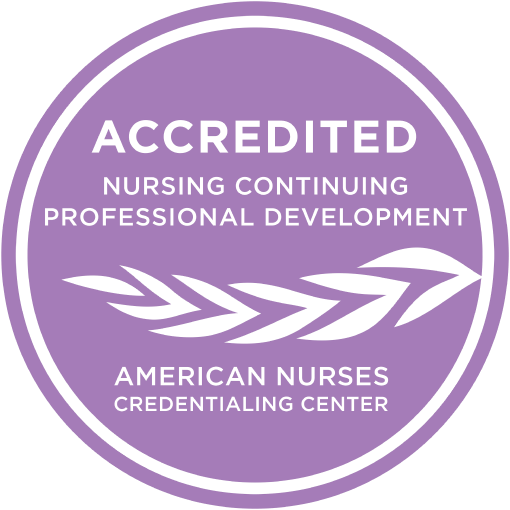Locked-In Syndrome
Contact Hours: 3
Course Overview
Locked-in Syndrome is a rare condition that occurs when injury has taken place in the brainstem (specifically the pons). Locked-in Syndrome has often been mistaken for a “comatose state”, which has unfortunately resulted in the delay of the necessary emergent treatment to stabilize and reduce the risk of long-term complications. With a proper interdisciplinary team plan of care approach, the person who develops Locked-in Syndrome is believed to have the opportunity for a meaningful life.
Ongoing care of a patient with Locked-in Syndrome has required complex care, as well as difficult conversations regarding patient self-determination and discussions around assisted euthanasia. The purpose of this learning program is to educate the nurse professional on the complexities of caring for a patient with what is deemed a catastrophic “comatose” injury, yet who is aware, fully alert, and cognitively intact.
Course Outline
- Introduction
- Quick Terminology Reference
- Definition
- Assessment
- Types
- Epidemiology
- Pathophysiology
- Clinical Signs and Symptoms
- Etiology
- Locked-in Syndrome Diagnostics
- Ongoing Treatment of Locked-in Syndrome
- Self-Management
- Research and Resources
- Case Studies
- Conclusion
Course Outcomes
After completing this course, the learner will rate a 4 out of 5 on the Likert Scale for their ability to:
- Identify the classification (subtypes) of Locked-in Syndrome.
- Verbalize medical conditions and disease processes that can cause Locked-in Syndrome.
- Describe the signs and symptoms of Locked-in Syndrome.
- Discuss diagnostic testing used in the initial treatment of a patient with suspected Locked-in Syndrome.
- Outline elements of the complex ongoing therapies required to care for a patient with Locked-in Syndrome.
- Define critical differences between hospice and palliative care.
- Discuss the value of Advanced Directives in the treatment of patients with rare, complex, life-altering medical conditions.
Accreditations and Approvals

- American Nurses Credentialing Center (ANCC) (P0614)
- California Board of Registered Nursing (CEP 17418)
- Kentucky Board of Nursing (7-0090)
- Louisiana State Board of Nursing (58)
- Florida Board of Nursing (50-23983)
- Delaware Board of Nursing (DE-24-010127)
- Alabama Board of Nursing (#ABNP1577)
- Iowa Board of Nursing (#393)
- Kansas Board of Nursing (LT0340-0325)
Approved by the Board of Nursing in every state, you can complete your RN, LVN, and APRN CEUs with confidence.
Accreditation Statement
Nursing CE Central LLC is accredited as a provider of nursing continuing professional development by the American Nurses Credentialing Center's Commission on Accreditation.
It will take the average learner 180 minutes to complete and awards 3 contact hours of continuing education.
Written For
- Registered Nurses (RN)
- Advanced Practice Registered Nurses (APRN)
- Licensed Practical Nurses (LPN/LVN)
Requirements for Completion
- Enrollment in the course by the learner
- Read and learn all course materials
- Complete the course evaluation
- Attest and testify learning of the course materials
Disclosure of Relevant Financial Relationships
Nursing CE Central nor any of the authors, planners, content experts, or any contributors have any relevant financial relationships with ineligible companies to disclose.
